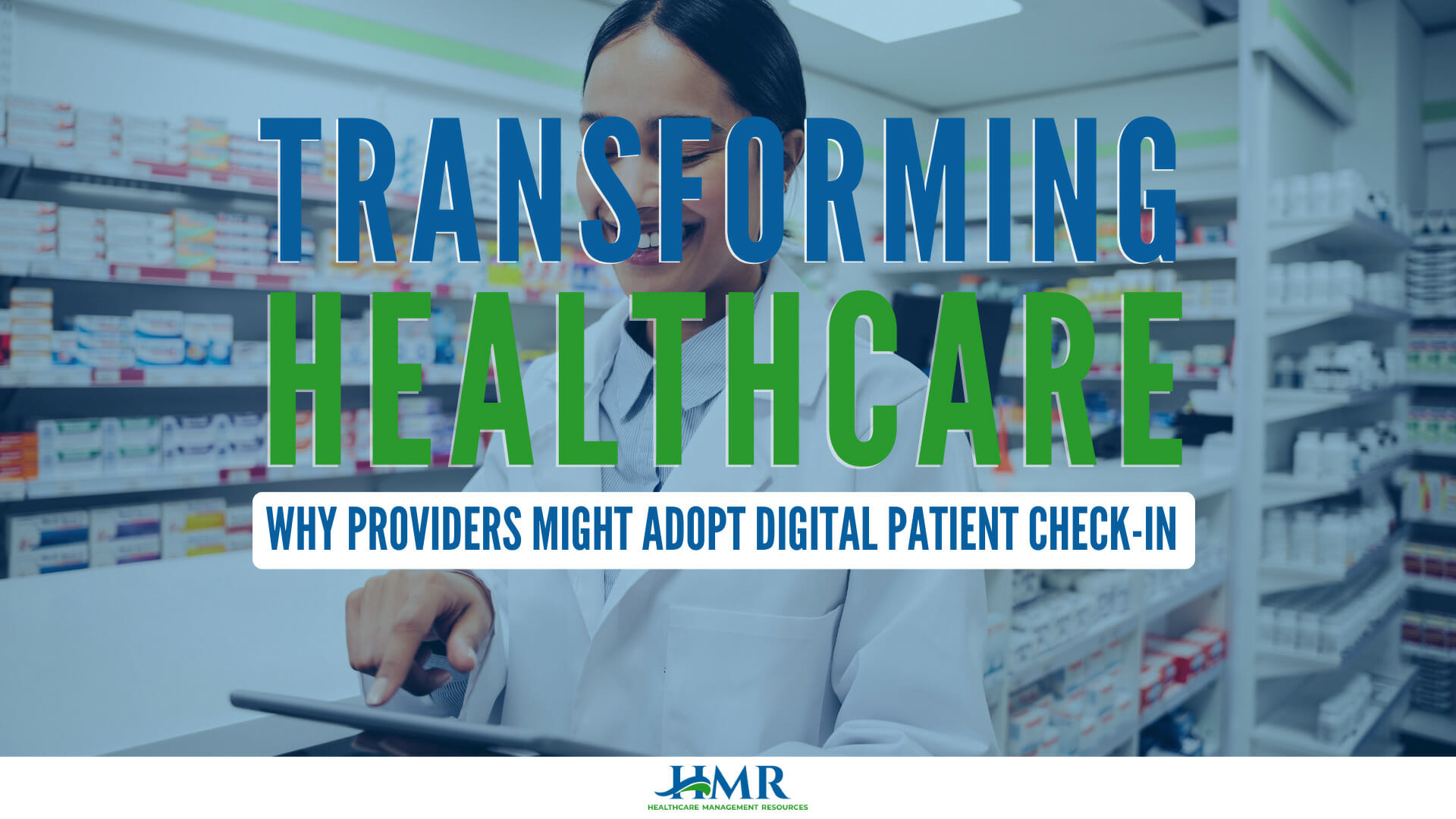Why Providers Might Adopt Digital Patient Check-In

In the rapidly evolving landscape of healthcare, embracing technological advancements is no longer a choice but a necessity. Digital patient check-in has emerged as a game-changing innovation, revolutionizing the way healthcare providers manage patient appointments and interactions. This blog explores the compelling reasons why healthcare providers must adopt digital patient check-in systems to enhance efficiency, patient experience, and overall healthcare delivery.
The Evolution of Patient Check-In
Traditionally, patient check-in involved paperwork, long wait times, and manual data entry. This approach not only consumed valuable time for both patients and staff but also led to errors and inefficiencies. With the advent of digital solutions, such as electronic health records (EHRs) and patient portals, the opportunity to transform the check-in process became apparent.
Streamlined Efficiency
Digital patient check-in systems streamline the entire process, eliminating the need for paper forms and manual data entry. Patients can complete forms, update personal information, and provide insurance details online before their appointment. This significantly reduces administrative workload and accelerates the check-in process, allowing healthcare providers to allocate more time to patient care.
Enhanced Patient Experience
In today’s fast-paced world, patients expect convenience and efficiency in their healthcare experiences. Digital patient check-in aligns with these expectations by offering a seamless and hassle-free process. Patients can complete the check-in process from the comfort of their homes, reducing time spent in waiting rooms and minimizing the risk of exposure to illnesses.
Accurate and Updated Information
Digital patient check-in systems ensure that patient information is accurate and up-to-date. Patients can review and update their medical history, medications, allergies, and other critical details in real-time. This not only improves the quality of care but also reduces the likelihood of medical errors due to incorrect or outdated information.
Resource Allocation
By automating the check-in process, healthcare providers can optimize resource allocation. Staff members who would otherwise spend time on administrative tasks can redirect their efforts toward more value-added activities, such as patient engagement, care coordination, and enhancing the overall patient experience.
Data Security and Privacy
Privacy and security are paramount in healthcare. Digital patient check-in systems adhere to stringent data protection regulations and employ robust security measures to safeguard patient information. This instills confidence in patients, knowing that their sensitive data is handled with the utmost care.
Appointment Reminders and Communication
Digital patient check-in systems often come with integrated appointment reminder features. Patients receive automated reminders via email or text messages, reducing the likelihood of no-shows and late arrivals. Moreover, these systems facilitate communication between patients and healthcare providers, allowing patients to ask questions or provide updates before their appointment.
Analytics and Insights
The data generated through digital patient check-in systems can offer valuable insights for healthcare providers. By analyzing trends such as appointment volumes, peak hours, and patient preferences, providers can optimize scheduling and resource allocation, leading to improved operational efficiency.
Adaptation to Telemedicine
The rise of telemedicine has further underscored the importance of digital patient check-in. In virtual care settings, where face-to-face interactions are limited, a streamlined check-in process becomes even more critical. Patients can upload necessary documents, complete questionnaires, and share information seamlessly before their virtual appointments.
Environmental Impact
The shift to digital patient check-in also has positive environmental implications. Reducing the reliance on paper forms and printed materials contributes to a decrease in paper waste and resource consumption. Healthcare providers can align their practices with sustainability goals, making a positive contribution to the environment.
Addressing Technological Barriers
While the benefits of digital patient check-in are substantial, it’s crucial to address potential technological barriers. Healthcare providers must ensure that their systems are user-friendly, accessible to all patients, and offer support for those who may face challenges with technology adoption.
Final Thoughts:
The healthcare industry is undergoing a profound transformation, driven by technological innovation. The adoption of digital patient check-in systems represents a significant step toward enhancing efficiency, patient experience, and overall healthcare delivery. By streamlining processes, improving data accuracy, and embracing patient-centric solutions, healthcare providers can position themselves at the forefront of modern healthcare while creating meaningful and lasting impacts on patient care.
